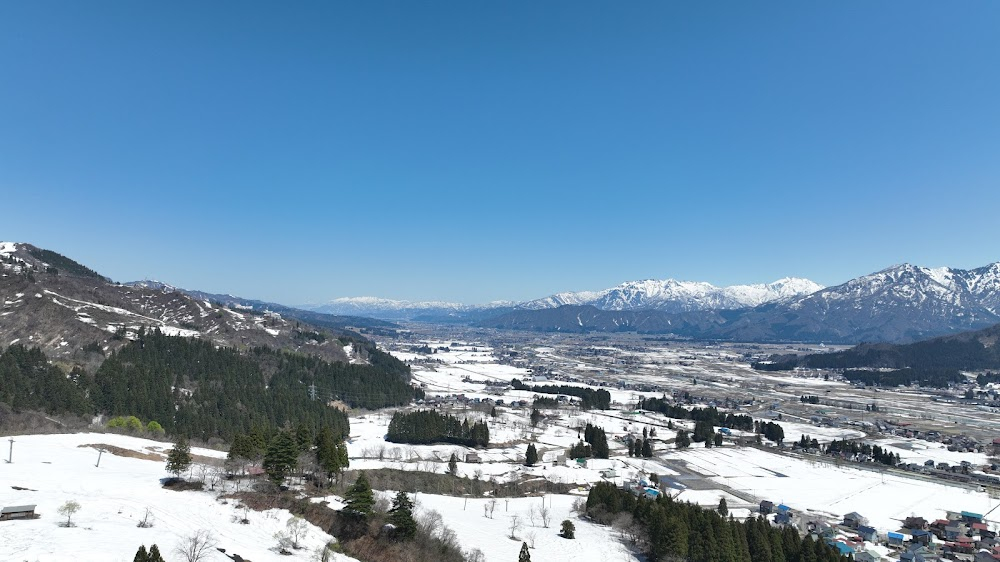Hana-bi Filming Locations

Where was Hana-bi filmed? Hana-bi was filmed in 8 locations across Japan in the following places:
Hana-bi Filming Locations
Tokyo, Japan’s busy capital, mixes the ultramodern and the traditional, from neon-lit skyscrapers to historic temples. The opulent Meiji Shinto Shrine is known for its towering gate and surrounding woods. The Imperial Palace sits amid large public gardens. The city's many museums offer exhibits ranging from classical art (in the Tokyo National Museum) to a reconstructed kabuki theater (in the Edo-Tokyo Museum).
Yokohama, a Japanese city south of Tokyo, was one of the first Japanese ports opened to foreign trade, in 1859. It contains a large Chinatown with hundreds of Chinese restaurants and shops. It’s also known for Sankei-en Garden, a botanical park containing preserved Japanese residences from different eras, and the seaside Minato Mirai district, site of the 296m Landmark Tower.
Kamakura is a seaside Japanese city just south of Tokyo. The political center of medieval Japan, modern-day Kamakura is a prominent resort town with dozens of Buddhist Zen temples and Shinto shrines. Its most recognizable landmark is the Kotoku-in Temple’s Great Buddha, a roughly 13m-high bronze statue still standing after a 15th-century tsunami. Yuigahama Beach on Sagami Bay is a popular surfing spot.
Yokosuka is a city in central Japan. Yokosuka Museum of Art exhibits contemporary works. On the water, Mikasa Park is named for a 1900s battleship, now a museum. Kannonzaki Lighthouse, rebuilt in 1925, has sweeping views of Tokyo Bay. Verny Park’s European-style garden honors the French engineer who built the original 1869 lighthouse. Ferries run to Sarushima Island, which has beaches and Tokugawa-era fortifications.
Minamiuonuma is a city located in Niigata Prefecture, Japan. As of 1 December 2020, the city had an estimated population of 55,354 in 20,047 households, and a population density of 96.1 persons per km². The total area of the city was 584.55 square kilometres.
Takahagi is a city located in Ibaraki Prefecture, Japan. As of 1 July 2020, the city had an estimated population of 27,522 in 11,651 households and a population density of 140 persons per km². The percentage of the population aged over 65 was 36.2%. The total area of the city is 193.58 square kilometres.
Kawasaki is an industrial city in the Greater Tokyo area. The grand Kawasaki Daishi Temple complex has an octagonal pagoda. Set in the Tama Hills, the Japan Open-Air Folk House Museum has a collection of traditional folk houses. Nearby, the Taro Okamoto Museum of Art exhibits the work of the celebrated abstract artist. Fujiko F Fujio Museum is dedicated to the co-creator of the manga cartoon character Doraemon.
Shinjuku City encompasses the buzzing clubs and karaoke rooms of neon-lit East Shinjuku and upscale hotel bars and restaurants in the Skyscraper District. Tokyo Metropolitan Building has a popular observation deck, and Mount Hakone rises over tranquil urban parkland. Galleries, theaters, and bookstores attract students from busy campuses. New National Stadium is a high-tech sports venue built for the 2020 Olympics.
Hana-bi (1997)
Nishi leaves the police in the face of harrowing personal and professional difficulties. Spiraling into depression, he makes questionable decisions.

